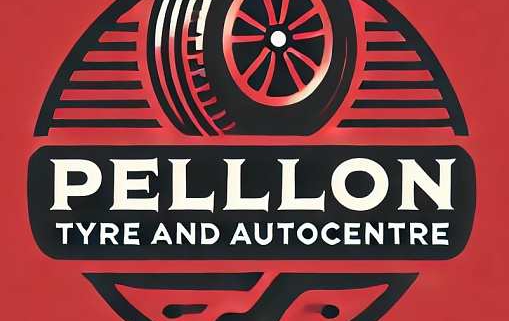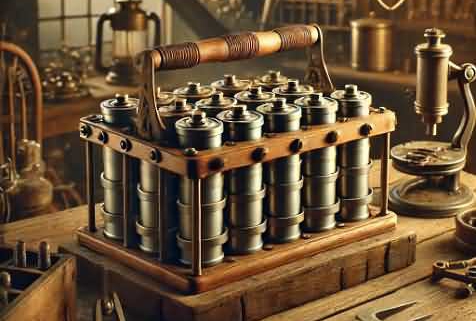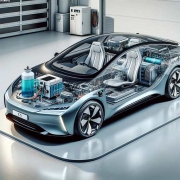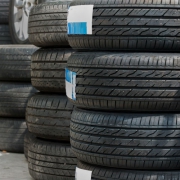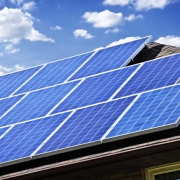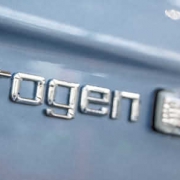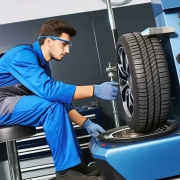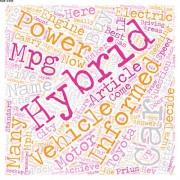Thomas Edison-An Early nickel-iron Battery
Table of Contents
Early nickel-iron Batteries from Thomas Edison
Thomas Edison
Surprisingly, it was only recently when I was doing an article about something else. So that I came across an interesting fact. About the American inventor, no other than Thomas Edison. So, why I should I have been surprised I did not know ! Because he invented some mind bending things . Of course, that we still use today. Thomas Edison Invention Light Bulb and the communications breakthrough of the first ever phonograph (a type of early record player).
Thomas Edison was working on improvements to another invention. His telegraph transmitter and he noticed that the tape of the telegraph machine. Could give him human type voices when he ran it at a fast speed.
This set his highly intelligent mind at play which resulted in the genius trying a stylus onto a tin foil cylinder and it played back the tune “Mary had a little lamb”. This discovery was to end up as the first machine to record sound and play it back, in other words the World’s first type of record player, Batteries UK (although he used cylinders not discs). This made him famous all over the World and the devise was known as the “Phonograph”.
New battery invention !
The part of Thomas Edison Timeline . Of course, that interests me . So is the new type of storage battery that he invented. His invention could have been started off when he noticed that it was a struggle to start the engines in the cars of that period only using a cranking handle. I can remember when I was an apprentice mechanic in the late sixties; when a 12 Volt Battery went flat for some reason we had to use a cranking handle to try start the engine and it was very hard indeed.
More reading…http://inventors.about.com/cs/inventorsalphabet/a/electric_2.htm
New life for the nickel-iron batteries ;from Stanford University.
Thomas Edison came up with a new type of battery known as the nickel-iron battery and car ownership was open to everyone who could afford a car and not just the strong people who could crank an engine to start by using only muscle power. To bring you to my main point the old Edison invention may now be brought up to date by staff at Stanford University.
The nickel-iron batteries that are used today will be used mainly for storing the Suns energy from the use of wind turbines and solar panels. These modern type batteries have a much greater charging speed, but the scientists and students still, need to work on improvements to time that the batteries can actually store the electricity that is produced. In fact the batteries can be fully charged up in only a couple of minutes and it only takes ½ a minute to discharge its load.
There is still a great deal of work to be done. But this updated type of battery will be expected to be competition. Especially, to the Lithium-Ion batteries presently used on electric car production. The new version of the nickel-iron batteries. Could even be used to accelerate the charge rate to the lithium-ion battery. So, giving it a power boost to generate faster acceleration and regenerative braking.
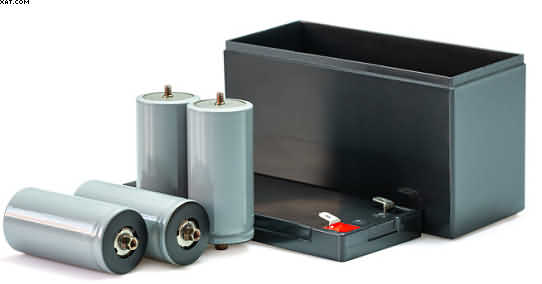
Rechargeable nickel-iron batteries are a type of battery that are also known by their brand name, Edison batteries.
Thomas Edison was the one who came up with the idea for them in the early 1900s. Plates of nickel and iron are used to construct the batteries, and these plates are then submerged in an electrolyte solution.
They have a reputation for being extremely long-lasting and durable. If they are cared for properly, the batteries have a lifespan of more than twenty years. The resistance of nickel-iron batteries to overcharging and overheating is another one of their well-known qualities.
They are frequently utilised in solar power systems that are not connected to a grid as well as electric vehicles. Nickel-iron batteries, despite the fact that they have a number of benefits, are not as efficient as other types of batteries and are therefore not typically used in consumer electronics.
